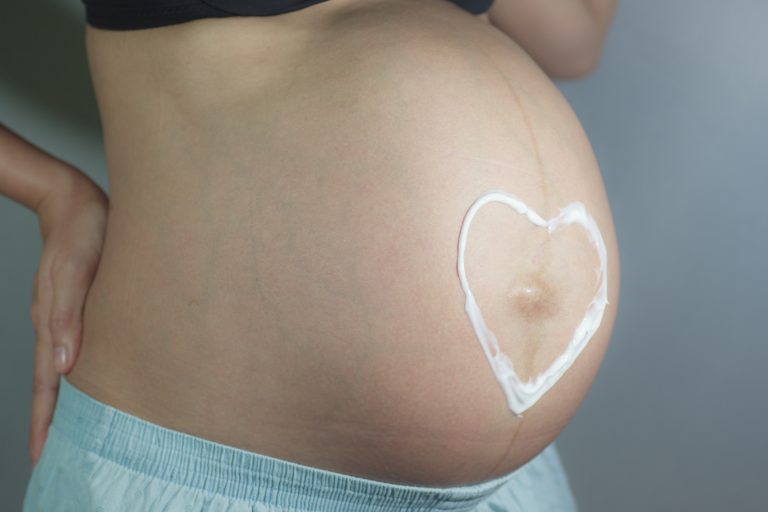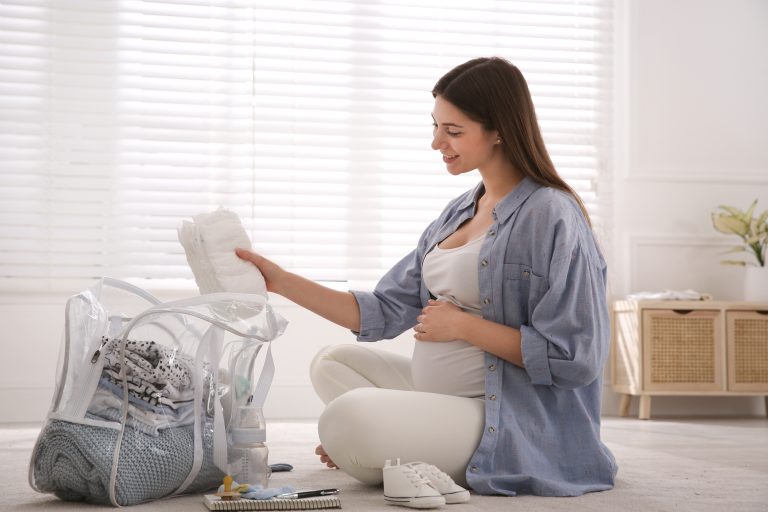Whether you are an experienced mother or a new mother nursing for the first time, you may experience a number of common problems. Like the natural course of life, breastfeeding comes with its own ups and downs, and knowing how to take care of them along the way makes your life easier, bringing you so much comfort. Breastfeeding can be a long journey, and taking care of yourself along the way ensures a safe, comfy and most importantly, healthy journey. Let’s discover what can be wrong, and what can be done about each of them.
Why is Nipple and Breast Care Important During Breastfeeding?
During pregnancy, most women’s nipples go through many changes from becoming larger to more sensitive. And when your newborn starts feeding from them or you start pumping, more pressure and suction are created, which strains the nipple even more. Breastfeeding can take a long time as well, some babies even nurse for up to an hour, and your baby may feed up to 13-14 times a day. This daily strain on your nipples can go on for up to 2 years if your body keeps producing milk, which brings us to the importance of care. With this amount of strain, it is normal for your breasts to hurt or feel sore from time to time, but treating problems swiftly is crucial to prevent further damage, and ensure the comfort of yourself and your baby. The more wet your nipples get, the more dry and damaged they get, just like what happens to our lips when we keep licking them. Like the way we have to moisturise and soothe our lips to keep them healthy and prevent them from hurting, it is the same for our nipples when breastfeeding. Prevention is better than cure and as long as there is not a serious problem present, soreness and pain should not last long after you and your baby become accustomed to breastfeeding.
Sore Nipples
Your nipples can feel sore after every feeding, and they can be red and pointy instead of round and smooth. Soreness in the nipples usually happens when your baby is not latched onto your breast properly and can be easily fixed. If your breast is sitting at the very back of your baby’s mouth, your baby will open their mouth very wide and take in a good deal of breast tissue, so there is nothing to get pinched, and it should not cause any nipple soreness at all. However, if your nipple is sitting in front of your baby’s mouth, you will feel the pinch every time your baby’s tongue comes up, and your baby will not have an easy time feeding either. You can insert your finger into the corner of your baby’s mouth to break the latch as soon as you feel pain and then try latching on again. Your baby should take at least one inch of areola into the mouth.
Avoiding using soap, which can be drying and irritating, on your breasts can also ease the pain as well. You can wash with clean water, or use products specifically formulated for your breasts and nipples. You might also want to let some milk dry on your breast after feeding, which can help reduce some soreness, and use lanolin-based creams specifically for nipple inflammation and soreness. Using nipple shields when not breastfeeding can also protect your sensitive nipples from any further pain or damage.
Infections or Painful Lumps
Your baby might be latched on properly and you might still develop sore or tender spots or painful lumps. These commonly result from a plugged milk duct or the early stages of an infection known as mastitis.
If the pain is from a blocked milk duct, you might try applying moist or dry heat compresses to your breast three times a day for 10 minutes, and massage your breast when taking a warm shower. As the duct unplugs, you may express some milk, which helps relieve pain. Continuing to feed on that breast is important for breastfeeding and helps further open the milk ducts.
If you have pain and tenderness and also feel fatigued, are running a fever, and have some flu-like symptoms, you might have a breast infection. The same methods might still help with the infectious ducts but if your fever does not break in 24 hours you might need further medical help. Call your doctor, but in the meantime, experts say do not stop breastfeeding, as your milk is filled with antibodies, it does not harm your baby.
Yeast Infections or Thrush
Yeast infections are less troubling, but still an uncomfortable condition on the surface of the breast skin. This problem can develop anytime, even after months of successful nursing. Thrush is a form of yeast infection that thrives on milk, and this infection will likely affect you and your baby. Signs of thrush include red or pink shiny skin that usually itches, and may flake or peel. To understand whether or not your baby is infected as well, look for white spots on the inside of the cheeks, or sometimes a persistent nappy rash. If you have a yeast infection, you might also have symptoms of a vaginal yeast infection with clumpy white discharge and extreme itchiness.
During this time you do not have to stop breastfeeding but both you and your baby need treatment. In this situation, do not try to heal it with home remedies as they may worsen the situation, and consult your physician for the best treatment both for you and your baby.
Engorged Breasts
Engorgement can develop when your milk begins to flood your breasts. Once the milk starts to come into the ducts, lymph fluids and blood also fill your breasts which can cause the breast tissue to swell. And since the tissue pushes down on the milk ducts, the ducts sometimes can shut. In conclusion, breast milk builds up inside the breast and engorgement occurs.
Your best solution might be placing cold packs on the breast, for about 20 minutes. This can help reduce the swelling and allow the ducts to open. Also right before nursing, you can put a warm pack on your nipples for a few minutes to help with the milk flow and provide a better feeding experience.
Showers can affect engorgement badly, as warm pouring water can dilate blood vessels and increase the swelling and congestion in your breast. During this time, the most important thing is to keep on nursing, as this can prevent accumulation and lessen the chances of engorgement.
If you have any further questions about breastfeeding and breast care, we have a Breastfeeding Guide curated just for you! Make sure to check it out to provide both yourself and your baby with the best.





Thanks a lot for sharing this with all people you realloy know what you’re speaking about!
Bookmarked.